Posted in Computer Forensics, E-Discovery,
Annually, I contribute to an E-Discovery Update presentation for top tier trial lawyers and annually I struggle to offer a handout that will be short enough for attendees to read and sufficiently pointed to prompt action. Ironically, predictably, the more successful the lawyers in attendance, the less moved they are to seek fresh approaches to discovery. Yet, we would be wise to observe that success tends not to depart abruptly but slips away on little cat feet, or as Hemingway described the velocity of a character’s path to bankruptcy, “Gradually, then suddenly.” A few nips and tucks may be all that’s needed to stay in fighting form. Accordingly, I wanted my list to be pithy with actionable takeaways like “have a production protocol, get a review platform and test your queries.” That may seem painfully obvious to you, Dear Reader, but it’s guidance yet to be embraced by leading lights in law. Here’s my 2022 list:
- Forms from a decade ago are obsolete. Update your preservation letters and legal hold notices. Remember: preservation letters go to the other side; legal hold notices to your clients.
- Custodial holds don’t fly. Just telling a client, “don’t delete relevant data” isn’t enough and a misstep oft-cited by courts as attorney malfeasance. Lawyers must guide and supervise clients in the identification, preservation and collection of relevant evidence.
- Be sure your legal hold process incorporates all elements of a defensible notification:
i. Notice is Timely
ii. Communicated through an effective channel
iii. Issued by person(s) with clout
iv. Sent to all necessary custodians
v. Communicates gravity and accountability
vi. Supplies context re: claim or litigation
vii. Offers clear, practical guidance re: actions and deadlines
viii. Sensibly scopes sources and forms
ix. Identifies mechanism and contact for questions
x. Incorporates acknowledgement, follow up and refresh - Data dies daily; systems automatically purge and overwrite data over time. The law requires parties promptly intercede to prevent loss of potentially relevant information by altering purge settings and otherwise interdicting deletion. Don’t just assume it’s preserved, check to be certain.
- No e-discovery effort is complete in terms of preservation and collection if it fails to encompass mobile devices and cloud repositories. Competent trial lawyers employ effective, defensible methods to protect, collect and review relevant mobile and cloud information.
- The pandemic pushed data to non-traditional locations and applications. Don’t overlook data in conferencing apps like Zoom and collaboration tools like Slack.
- You should have an up-to-date ESI production protocol that fits the data and workflow. Know what an ESI protocol does and what features you can negotiate without prompting adverse outcomes.
- Don’t rely on untested keyword queries to find evidence. Embrace the science of search. TEST!
- Modern litigation demands use of review systems dedicated to electronically stored information (ESI) and staff trained in their use. Asked “What’s your review platform?” You should know the answer.
- Vendors paid by the gigabyte lack incentive to trim data volumes. Clients will thank you to have sound strategies to cull and deduplicate the data that vendors ingest and host. Big savings lie there.
- Courts demand an unprecedented level of communication and cooperation respecting ESI. Transparency of process signals confidence and competence in your approach to e-discovery.
- There are no more free passes for ignorance. Now, learn it, get help or get out.
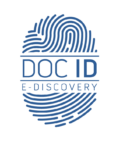


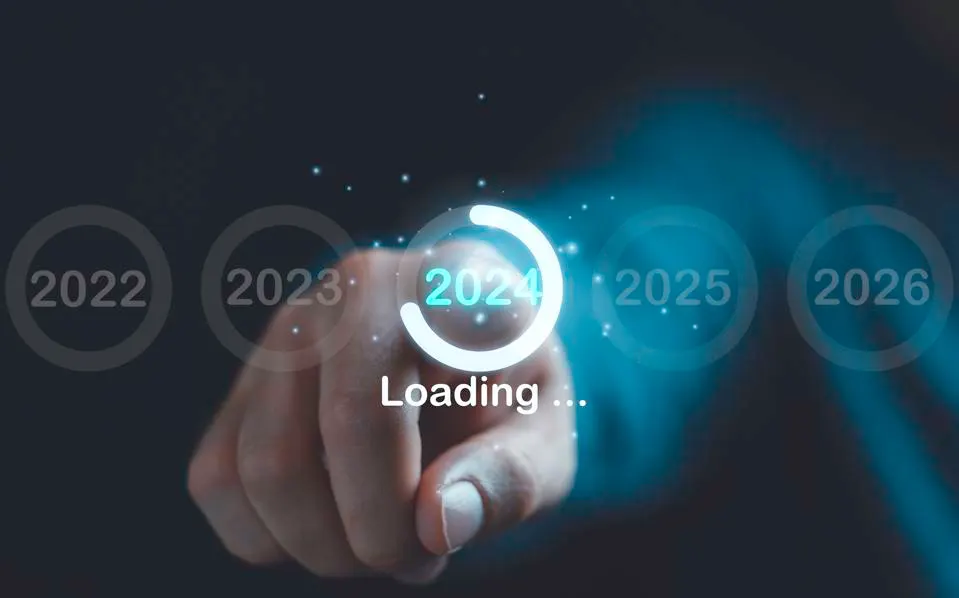
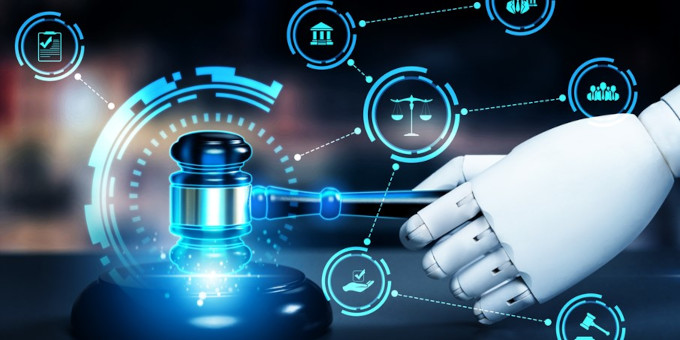

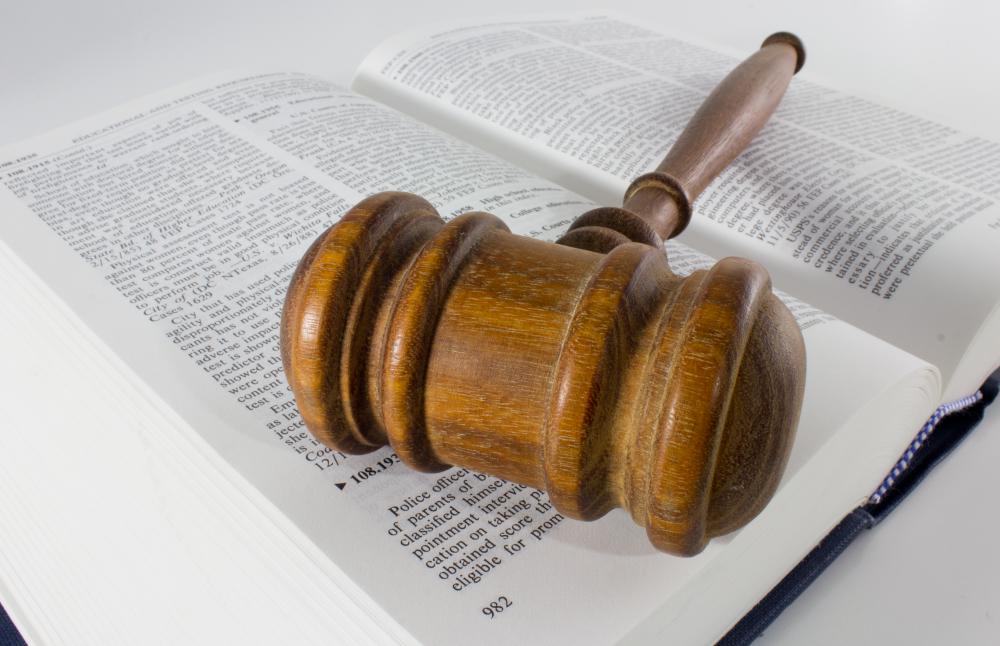
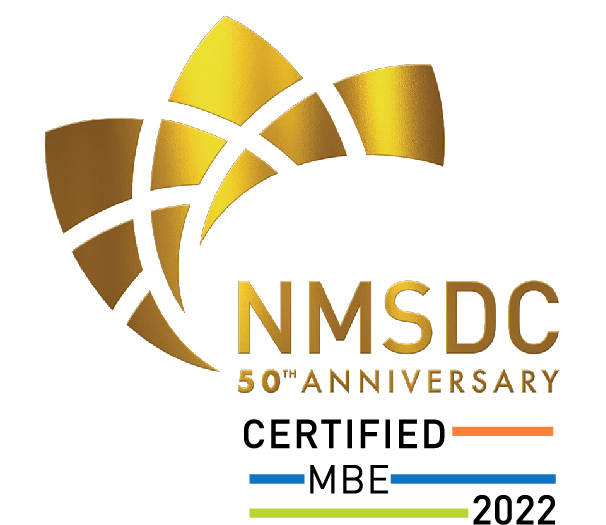
Leave A Comment